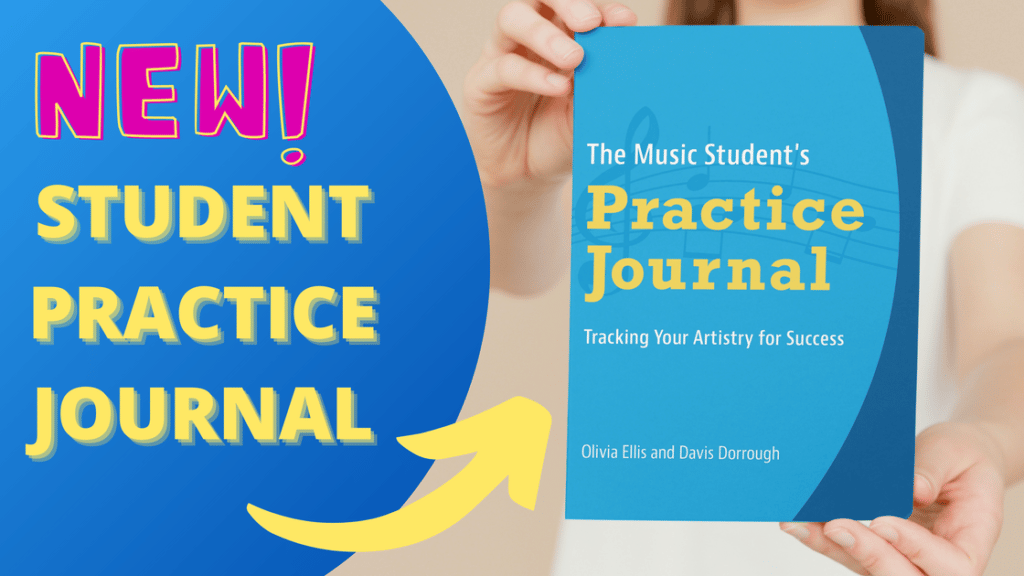The myth: Scales and other technique exercises should always be practiced at the beginning of each session.
The truth: Essential skills can be worked on throughout a practice session; “warming up” can include starting slowly with a repertoire piece.
How many times have you sat down at the piano and immediately started playing scales? It seems to be built into our brains that scales must come first! Scales and other techniques are essential skills to develop, but it isn’t actually a requirement to play them before you hit your repertoire. In fact, you might achieve more success if you mix up your routine sometimes!
First, let’s establish that having a technique routine is, in fact, a vital part of learning your instrument. Practicing chords, arpeggios, and other exercises builds many important pianistic skills over time, such as:
- Playing with a steady rhythmic pulse
- Learning how to maintain control
- Developing strong fingers
- Playing at fast speeds
- Understanding tonality and keys
- Knowing fingerings for some passagework
- Coordinating two-hand playing
- Becoming comfortable with keyboard geography
- Having basic tools to improvise
However, think about how we pace physical exercise. For example, if you go out for a jog or attend a dance class, it is healthy to warm up the body by stretching, walking, or taking it slow at first. Pianists can apply this to technique work too! Here are some ways to adapt your practice routine to make the most of your work:
1. Warm up with a slow repertoire piece
My ideal warm-up routine is playing something like my favorite Chopin nocturne. The slower lines give my muscles time to warm up before moving on to faster passagework. You can use a current repertoire piece or, even better, an older piece in which you feel really comfortable and relaxed while playing. Here is an excerpt from Robert Schumann’s Kinderszenen, Op. 15, No. 1 that could serve as a slow warmup:

2. Work on technique throughout a session rather than all at once
Why play all of your technique exercises at once? It may work better to practice them in chunks, in between your pieces. It gives your arms a chance to relax, and it also allows you to practice interleaving or alternating between skills. Dr. Barbara Fast has studied interleaved practice and says the following: “Researchers believe that every time the brain is forced to restart the learning of new material, as in interleaved practice, more long-term retention takes place.” (Clavier Companion, Summer 2019: “Change It Up!: Interleaved Practice–What It Is, Why It Works”) In other words, instead of doing all the scales at the beginning, you can do a few and then try a few more later on.
3. Try scales in longer notes, getting faster as you warm up
I encourage my students to begin their scales with long quarter notes, using good arm weight and listening for a full, warm tone. Then, they keep the same pulse but move to eighths, triples, and sixteenth notes. Not only does this allow them to warm up slowly, but the slower scales are building techniques too!
4. Use your technique exercises to work on musicianship and prepare for repertoire
Play your scales and arpeggios with the articulation, mood, or touch of the piece you are about to practice. Use your warmups to work on phrasing and dynamics. Many musicians play exercises without thinking – what a wasted opportunity! Listen to these warmups as if they were part of a musical work. Because someday soon, you will probably find them in a piece!
Solid technique is one of the tools needed to create beautiful music. As you or your students practice, make sure you don’t go to auto-pilot and start chugging away mindlessly at scales just because it’s the thing to do. Practice smart, making sure your body is warmed up and ready for each task at hand! Be creative in how you practice scales, arpeggios, and more. Don’t be afraid to mix up your routine, maximizing the benefits of your practice time.

Dr. Olivia Ellis teaches piano, group piano, pedagogy, and chamber music at Messiah University in Mechanicsburg, Pennsylvania. She’s an editor for Piano Magazine and has published several books including the Easy Piano Lead Sheets and Chord Charts series. She’s constantly creating new activities and games to teach concepts, and loves helping other teachers find their niche.



